An LDO is a type of linear regulator.
All linear regulators have what's called a dropout voltage, a minimum input-to-output differential that they can't work without. The original linear regulators (including the still-popular 78xx and 79xx series) had dropout voltages on the order of 2~3 volts.
Since the input-to-output differential is directly related to power loss (among other considerations), it's desirable to operate with as low a differential as possible. So the low-dropout (or LDO) linear regulator was invented. Initially, these had dropout voltages in the range of 1~2 volts (such as the LM1117 series), but that would hardly be considered "low" dropout today; modern LDOs can achieve dropout voltages of only a few hundred millivolts.
It's not recommended to use an LDO when you don't need one, though, as they tend to have poorer stability characteristics than standard linear regulators. A 78xx is typically stable no matter what as long as you give it adequate capacitance on the output, but a fancy LDO with only 100 mV of dropout may require the output capacitance be in a narrow range, and that capacitance needs to have high enough (but not too high) ESR to avoid oscillation. See this question for some more details on this.

